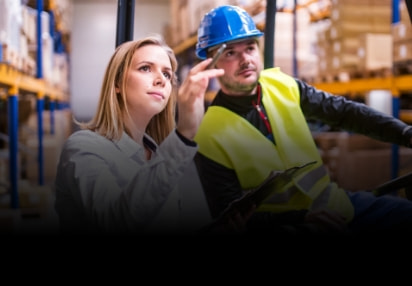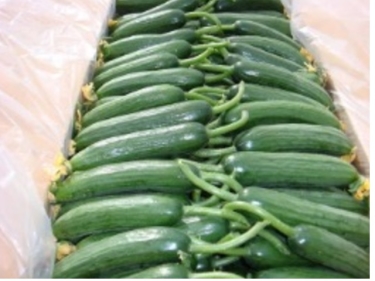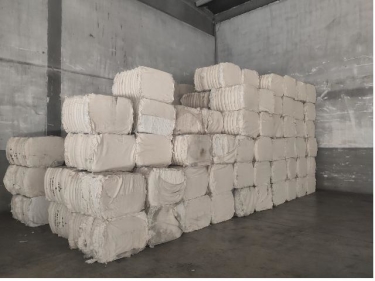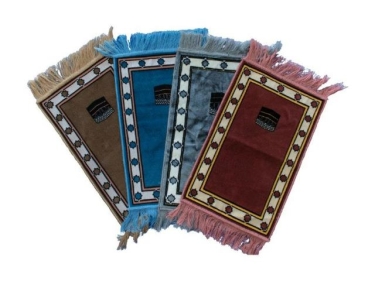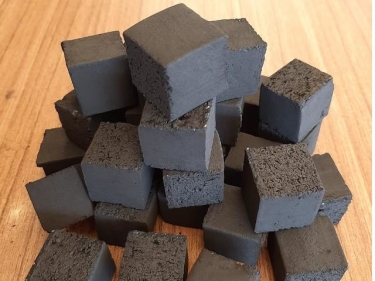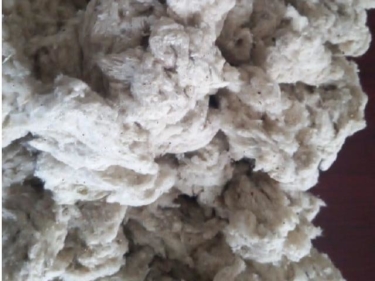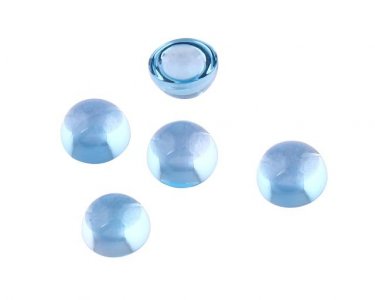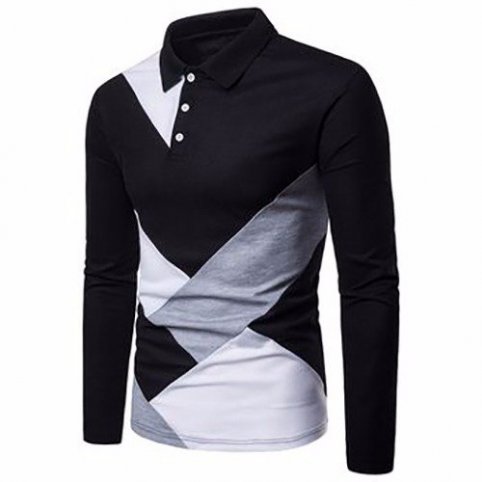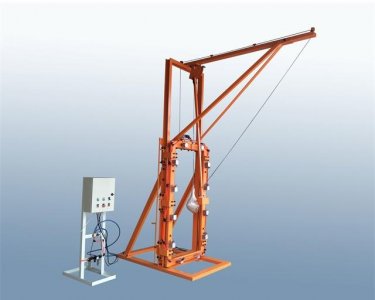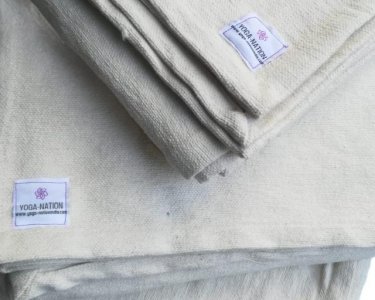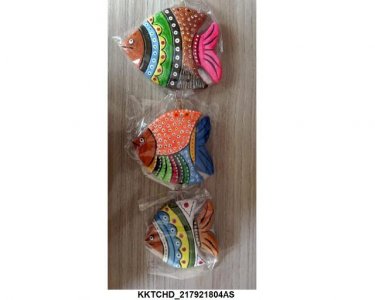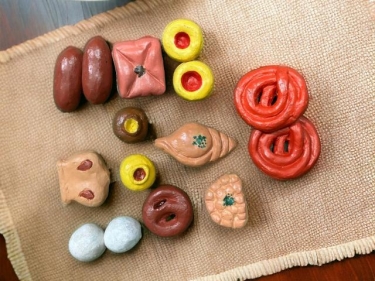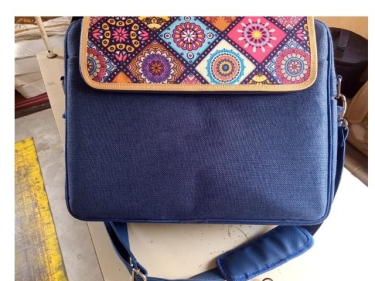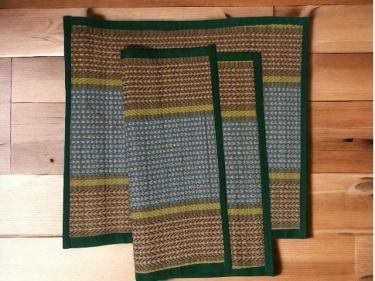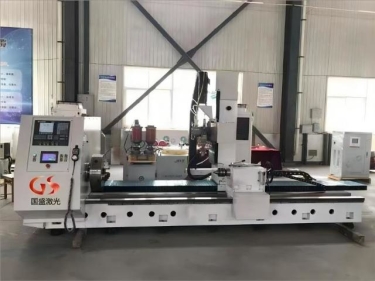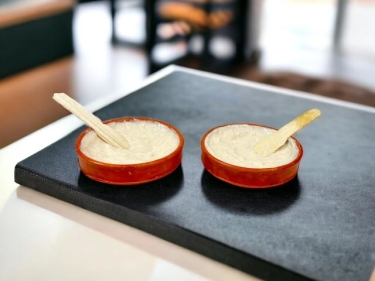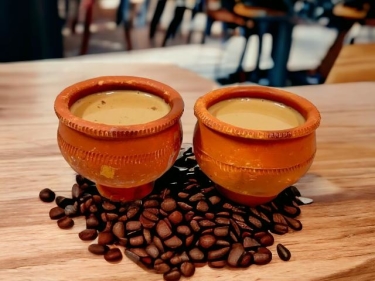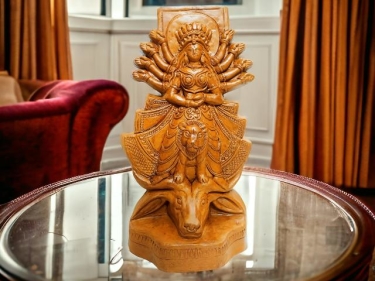Search Results for "lithuania" in "Lithuania" on Export Portal
Active Filters
-
Keywords:
-
Country:
- Clear all
New Search
Couldn't find the product you want?
Fill out this form to request the product.
Imports

Lithuania is a country in Northern Europe. It's one of the three Baltic states, it is situated along the southeastern shore of the Baltic Sea, to the east of Sweden and Denmark. It is bordered by Latvia to the north, Belarus to the east and south, Poland to the south, and Kaliningrad Oblast to the southwest. Lithuania's capital and largest city is Vilnius and the estimated country's population is 3 million people.
Lithuania well-being depends heavily on trade, particularly with other republics of the former Soviet Union. In 2000, total Lithuania imports were valued at $5.5 billion, and exports at $3.8 billion. In the mid-to-late 1990s, Lithuania started to develop more active trading with Western nations, thus reducing its reliance on trade with former Soviet republics. Trade with the West increased from 15% to 60% between 1990 and 1995, while trade with former Soviet republics fell from 78% in 1990 to 40% in 1995. But we still see that the major importing partner of Lithuania is Russia and Asian countries.
Statistics say that 56% of imported goods in Lithuania in 2011 came from the EU countries - 37% from CIS countries. Russia dominates imports (33% of total 2011 import volume), then followed by Germany (10%), Poland (9%) and the neighboring Baltic country of Latvia (7%).
A significant part of Lithuania's imports is comprised of energy - that's why we see why the country's imports depend on Russia so much.
Lithuanian main imports are commodities, like mineral products, machinery and equipment, transport equipment, chemicals, textiles, clothing, metals, food products, vehicles and petroleum products.
Top 5 Products imported by Lithuania:
- Crude Petroleum (21%)
- Petroleum Gas (4.8%)
- Refined Petroleum (4.1%)
- Cars (3.6%)
- Packaged Medicaments (2.3%)
Customs requirements of Lithuania
Lithuania Customs Contacts
Website: http://www.cust.lt/
Email: info@lrmuitine.lt
Telephone: (+ 370 5) 266 6111
Address: State budgetary institution/ A. Jakšto str. 1, 01105 Vilnius, Lithuania
Lithuania is one of the three Baltic states situated in Northern Europe, bordered by Latvia, Belarus, Poland and Kaliningrad Oblast (a Russian exclave). The country is a member of the European Union, the Council of Europe, the Schengen Agreement, NATO, Nordic Investment Bank and the Nordic-Baltic cooperation of Northern European countries.
Tariffs
All goods imported into Lithuania are subject to customs duties. The levied tax on imports depends on the country of origin and as a result there are three types of customs tariffs:
1. autonomous import duties – applied to countries with which Lithuania does not have international agreements and vary from 5 to 65%.
2. conventional import duties - applied to countries with which Lithuania has international agreements. These duties range from 0 to 57%.
3. preferential import duties - are applied to products coming from the countries with which Lithuania has Free Trade Agreements. These taxes vary from agreement to agreement.
Goods imported into Lithuania are also subject to a value-added tax of 18%, levied on the customs value of goods, plus import duty and excise tax.
There are also some additional taxes of 10% -75% applied on the following goods:
- ethyl alcohol and spirits (beer included)
- tobacco and tobacco substitutes
- coffee, chocolate and other food products containing cocoa
- jewelry, articles of gold and silver, except artificial jewelry and coins
- gasoline, kerosene, jet engine fuel, diesel fuel, fuel oil
- luxury cars
- all kinds of oil, except bio oils
- sugar, including sugar in the products
- liquid perfume and cosmetics
- liquefied gas for motor-vehicle transport
Product certification, packaging and labelling
Being a member of the European Union, Lithuania applies all the EU regulations regarding product certification. Thus importers will need sanitary, veterinary, hygiene and quality certificates for the imported goods, as well as import licenses for restricted products.
Labelling and packaging meets the EU requirements. The following details must be indicated on the label:
- product type (Trademarks, brand names or fanciful names may not substitute the generic/product name, but may be used in addition to the product name)
- all ingredients (including additives and ingredients capable to cause allergies)
- net quantity in metric units
- expiration date (not required for wine and beverages containing more than 10% alcohol)
- special conditions for keeping or use (if applicable)
- name and address of the manufacturer, packager or importer established in the European Union
- country of origin
- alcohol content for beverages containing more than 1.2% by volume
- lot identification with the marking preceded by the letter "L"
Documents for import:
- commercial invoice
- pro-forma invoice
- import licences or permits
- certificate of origin
- quality certificates
- transportation documents (waybill, CMR waybill, CARNET TIR book)
- documents related to the previously performed customs procedure (transit, customs warehousing, temporary storage of goods etc.)
- packaging inventory indicating the content of each package, if the same goods are presented in two or more packages
- documents certifying that import duties or taxes have been paid
Sources:
http://www.infolex.lt/portal/ml/start.asp?act=dobiz&lang=eng&file=importexporttrade.html
http://www.movers.com/international_movers/customs-regulations/lithuania.html
